beer spoilage bacteria
Although not being pathogenic the microorganisms can cause undesirable odor and off-flavor as well as turbidity in beer. 5 Sacharromyces cerevisiae var diastaticus.

Quickgen Pentaplex Pcr Kit Beer Spoilage Bacteria And Yeast Screening Food Feed Analysis
The main defects caused by various spoilage-causing microorganisms are.

. Bacterial spoilage often leads to visible turbidity sediment formation acidification off-flavors and ropiness. Spoilage organisms are mainly lactic acid bacteria mostly the genera Lactobacillus and Pediococcus or they are obligate anaerobes of the species Pectinatus and Megasphaera. This highly informative method allows identification of each spoilage microorganism within 2 hours.
Beer is considered an unfavorable substrate of growth for many microorganisms however there are a limited number of bacteria and yeasts which are capable of growth and may spoil beer especially if it is not pasteurized or sterile-filtered as craft beer. A Draught beers in cask or kegCon. 2 Lactic acid bacteria beer spoilers containing hop resistance genes horA and horC.
1 Lactic acid bacteria beer spoilers only the relevant Lactobacilli and Pediococci. The spoilage by pediococci is somewhat similar to that caused by lactobacilli. Obligate beer spoilage bacteria eg.
In this work 14 beer spoilage bacteria were screened for their ability to grow or survive in ale and stout together with the determination of their thermo-tolerance. Stages of fermentation and during racking. Lactic acid bacteria and yeast can contaminate beer and wine and cause spoilage Filtration is done numerous times in the production of wine and beer - the integrity of these membranes is key to a good quality product Real-time data from ATP-testing can tell you the efficacy of sanitation control.
Its ethanol concentration and low pH is lower than most bacteria can tolerate for growth. Three categories of beer spoilers can be distinguished. They include some lactic acid bacteria such as Lactobacillus brevis Lactobacillus lindneri and Pediococcus damnosus and some Gram-negative bacteria such as Pectinatus cerevisiiphilus Pectinatus frisingensis and Megasphaera cerevisiae.
Although this group of beer spoilage bacteria has been described relatively recently the inci-dent reports in Europe increased in the early 1990s reaching around 30 of spoilage. Beer is a poor and rather hostile environment for most microorganisms. GeneDisc Plate for Beer Spoilage Bacteria With this method breweries can simultaneously detect and identify 21 major beer spoilage microorganisms including Lactobacillus brevis Lactobacillus lindneri Lactobacillus backii and Pediococcus.
The growth of these harmful bacteria causes quality deficiencies that range from impaired flavour and aroma to acidification of the product haze sedimentation and in the most extreme cases slime formation. For brewing industry beer spoilage bacteria have been problematic for centuries. In breweries bacteria are largely seen as spoilage organisms.
Lactobacillus brevis Pediococcus damnosus Megasphaera spp Pectinatus spp will always cause spoilage. Bacteria associated with beer and breweries include acetic acid bacteria lactic acid bacteria Obesumbacterium Pediococcus Pectinatus and Zymomonas species. Beer also contains bitter hop compounds which are.
Much to the regret of brewers beer contamination with beer spoilage bacteria is not uncommon. 3 The obligate anaerobic bacteria Megaspaera spp. Furthermore the high carbon dioxide concentration and extremely low oxygen content makes beer a near to anaerobic medium.
Mold species of Alternaria Cladosporium Epicoccum and Fusarium are found in spoilage beer. The third part con-cerns Pectinatus and Megasphaera. Bacteria normally present in the beer are.
Paradoxically it is because of beers harsh environment that bacteria are forced to use alternate internal pathways to survive and in doing so produce some of the chemicals connected with spoilage eg. Pediococcus damnosus is the most common spoilage organism of the genus found in breweries that produce lager beer. Yeast wild yeast Brettanomyces.
Into cask the beer usually picks up some. For brewing industry beer spoilage bacteria have been problematic for centuries. Pastorianus strains although in the final.
This area of research is evolving rapidly and recent progress in this field is summarized. Beer Spoilage Organisms Bacteria. Later in the event of neglect in celJar treat.
Since improved process technology in modern breweries significantly reduced oxygen content in the final product the role of strictly anaerobic bacteria like Pectinatus and Megasphaera has become more prevalent. Beer-spoilage microorganisms cause an increase of turbidity and unpleasant flavors in beer. The organisms are seldom found in the pitching yeast but are found at times during the late fermentation or in the final beer.
They include some lactic acid bacteria such as Lactobacillus brevis Lactobacillus lindneri and Pediococcus damnosus and some Gram-negative bacteria such as Pectinatus cerevisiiphilus Pectinatus frisingensis and Megasphaera cerevisiae.
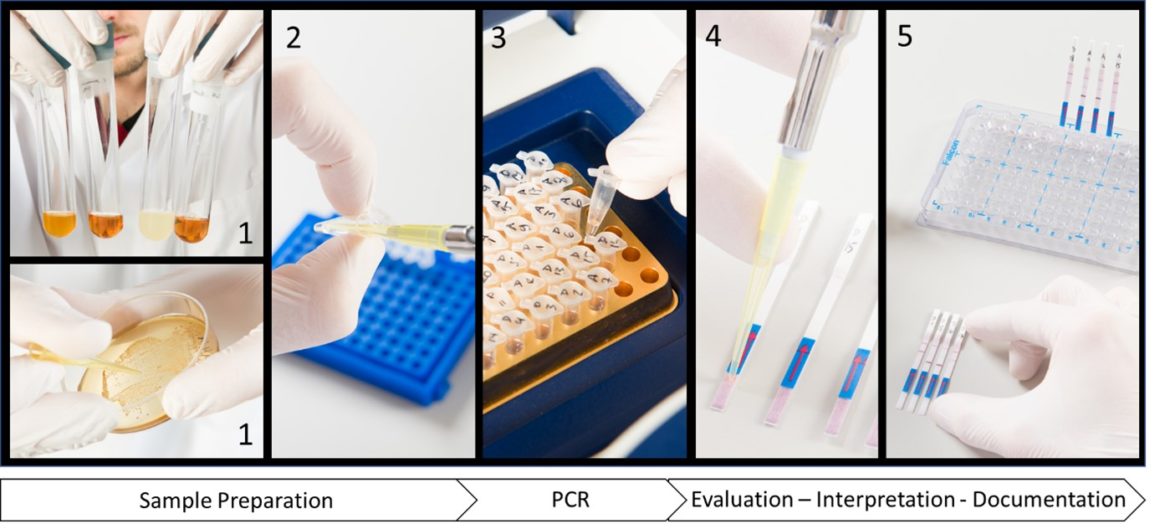
Rapid Detection Of Beer Spoiling Bacteria Milenia Genline
![]()
Microbial Quality Control Of Beer Beer Spoilage Bacteria
![]()
Microbial Quality Control Of Beer Beer Spoilage Bacteria
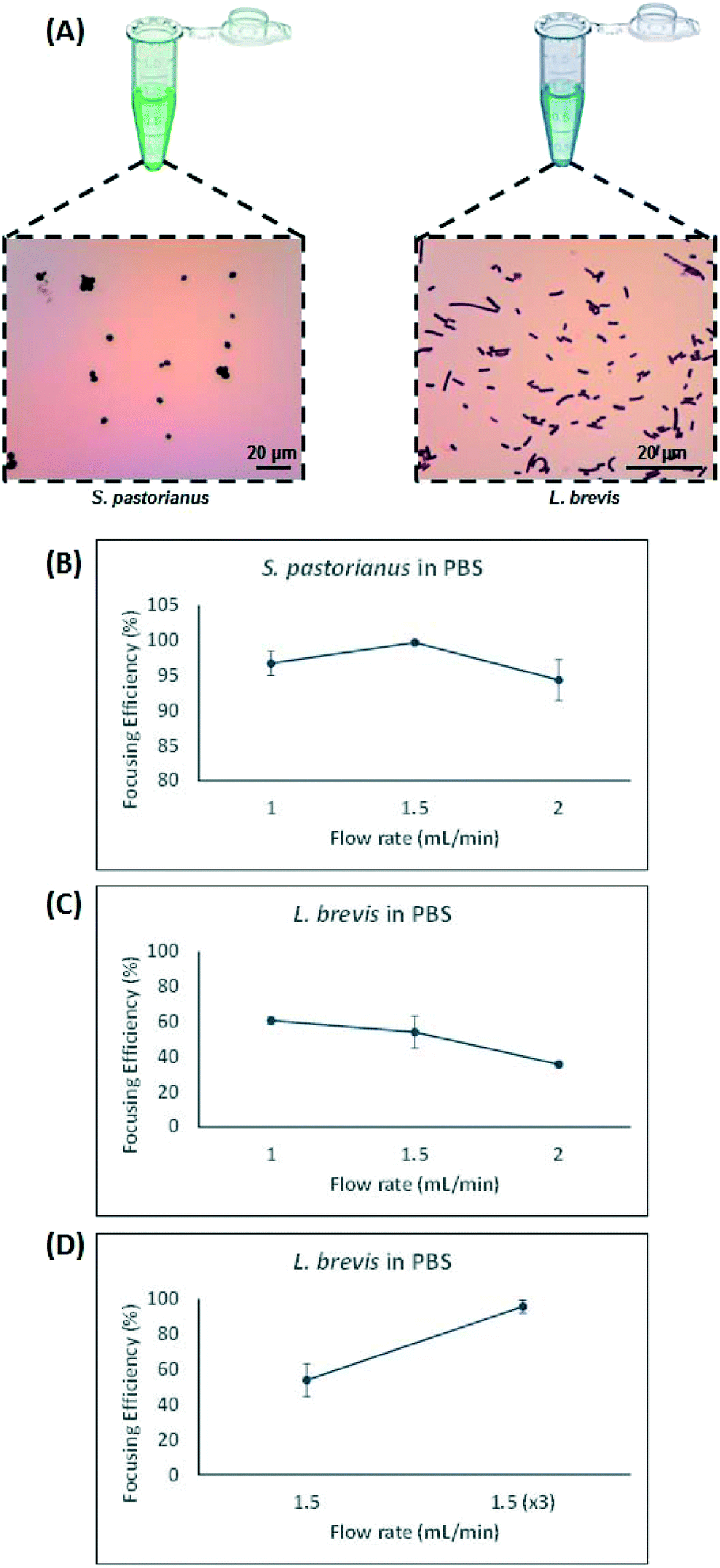
Rapid Separation And Identification Of Beer Spoilage Bacteria By Inertial Microfluidics And Maldi Tof Mass Spectrometry Lab On A Chip Rsc Publishing Doi 10 1039 C9lc00152b

Culture Method For Beer Quality Control

On The Trail Of Beer Spoilage Bacteria Food Feed Analysis
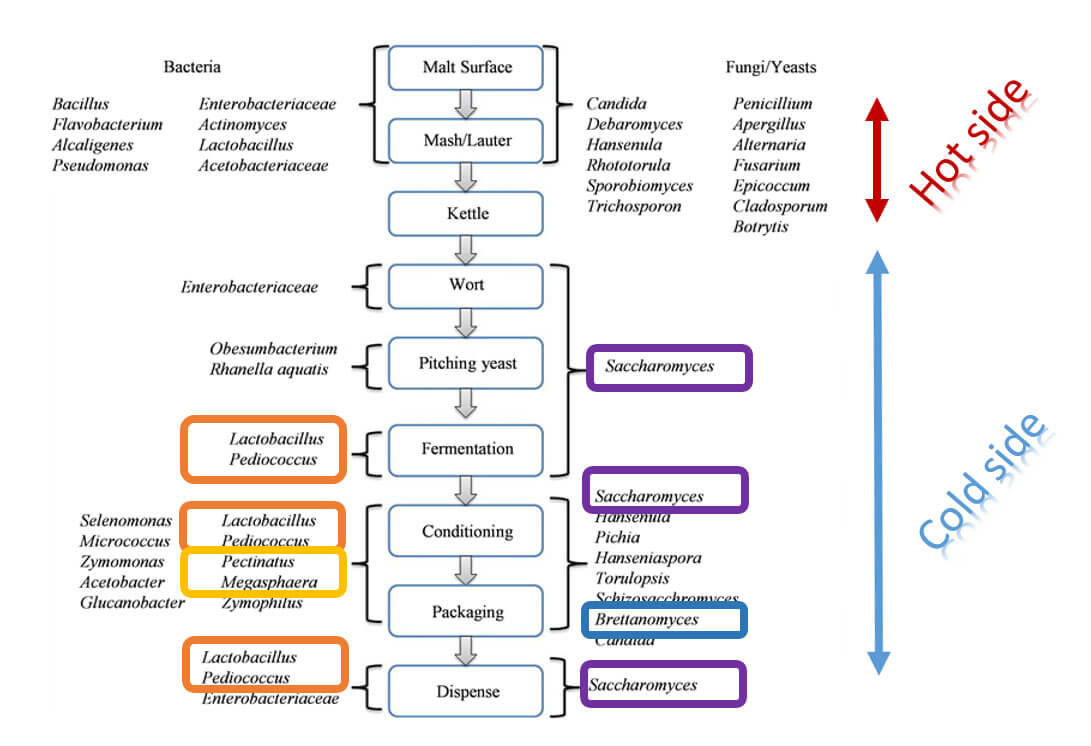
Part 1 Beer Spoilers What Are The Major Beer Spoilers To Be Concerned About Biomerieux Industrial Microbiology

Pdf Beer Spoilage Bacteria And Hop Resistance Semantic Scholar
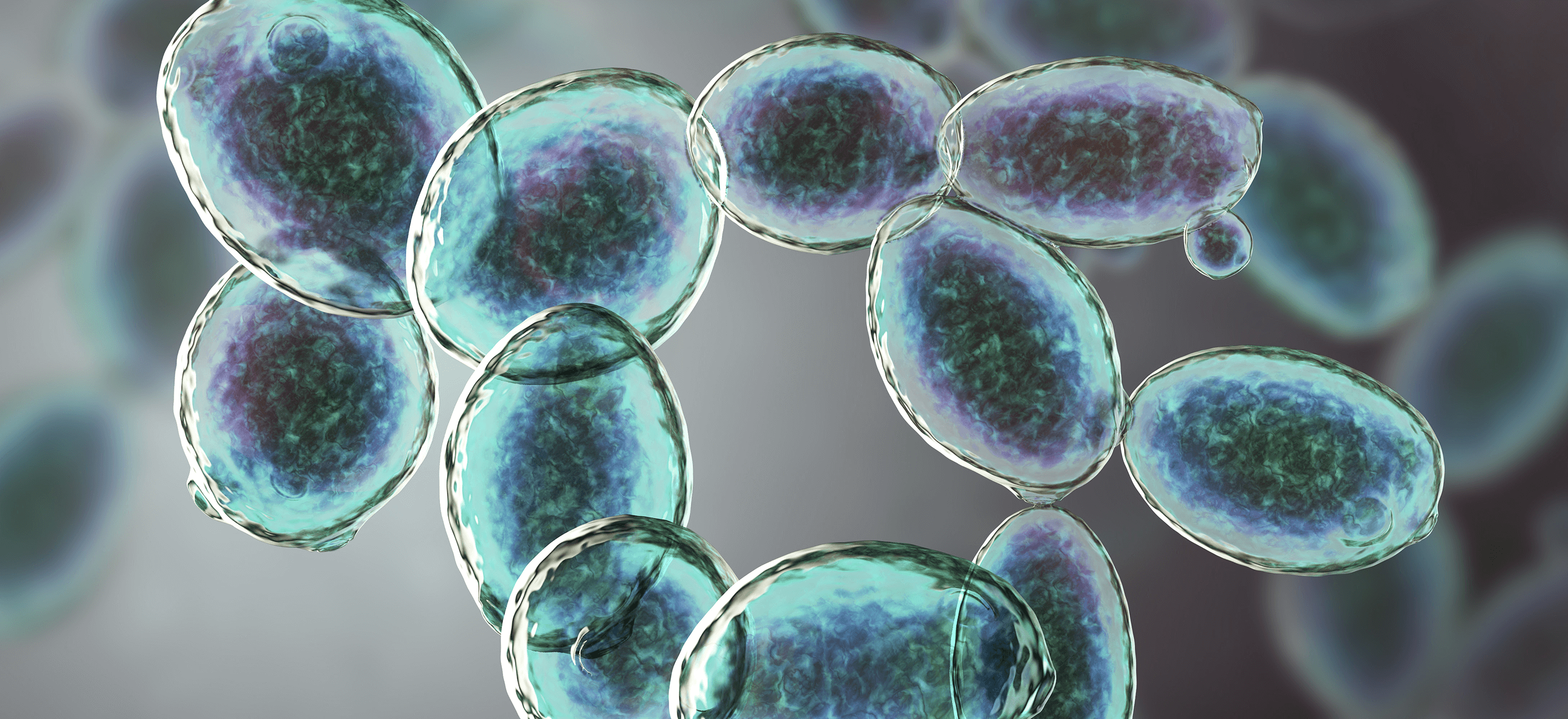
Part 1 Beer Spoilers What Are The Major Beer Spoilers To Be Concerned About Biomerieux Industrial Microbiology
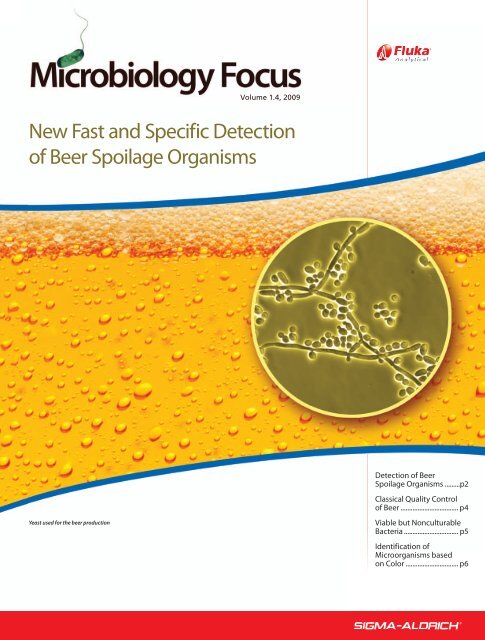
New Fast And Specific Detection Of Beer Spoilage Sigma Aldrich

Comparison Of Different Technologies For Detection Of Beer Spoilage Download Table

List Of Potential Beer Spoilage Microorganisms Used In This Study Download Scientific Diagram
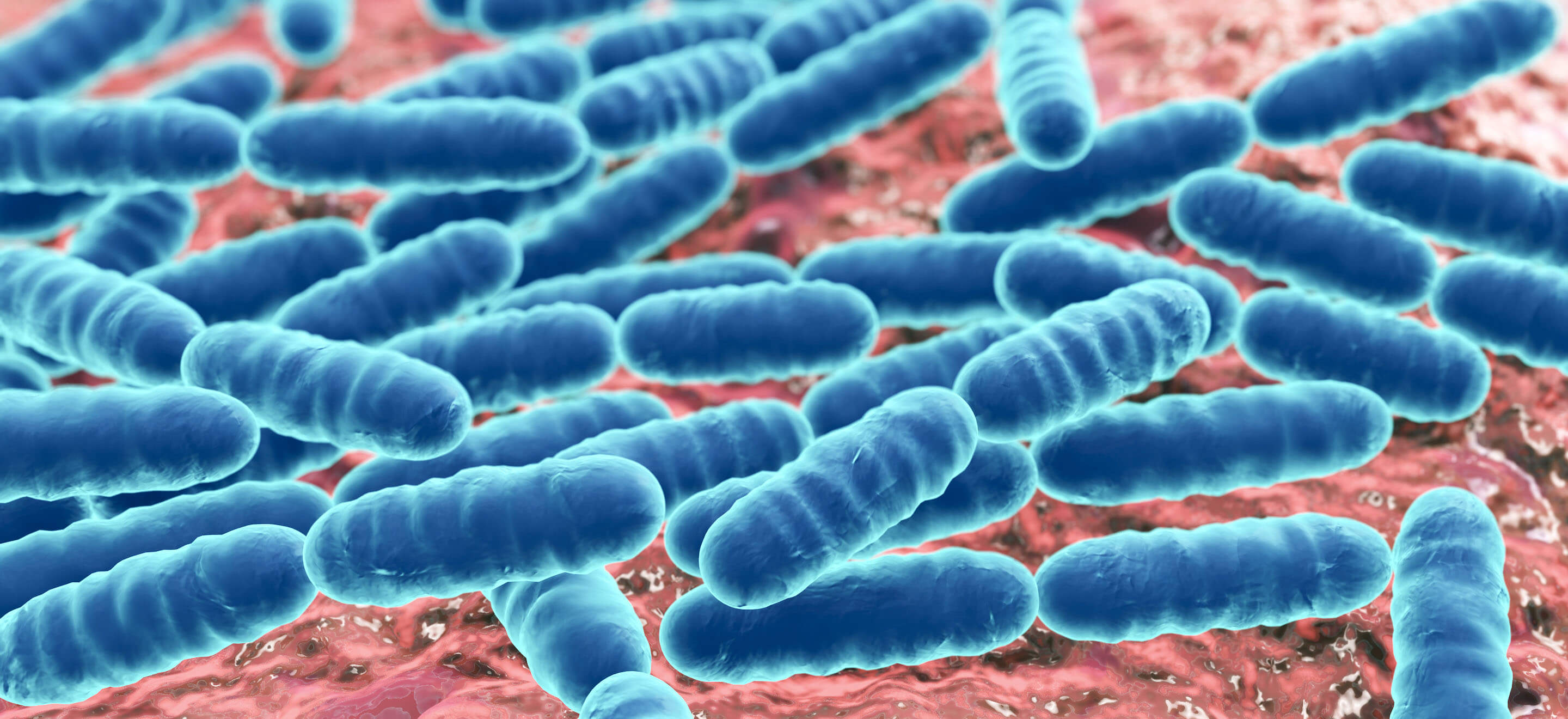
Part 4 Beer Spoilage Detection What Factors To Take Into Consideration When Choosing The Right Testing Technology Biomerieux Industrial Microbiology

Phylogeny Of Primary Beer Spoilage Bacteria The Maximum Likelihood Download Scientific Diagram
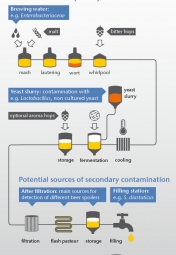
On The Trail Of Beer Spoilage Bacteria Food Feed Analysis
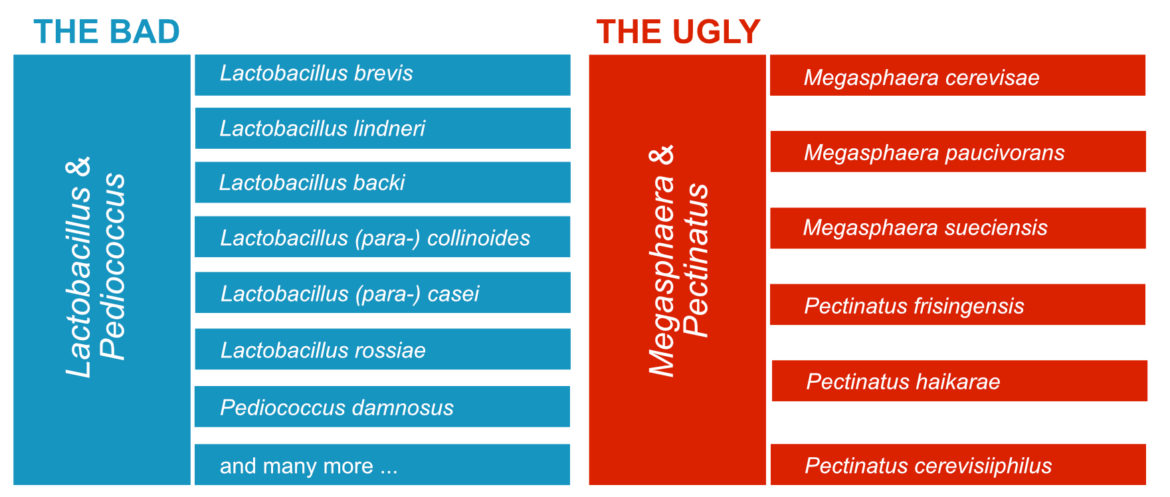
Rapid Detection Of Beer Spoiling Bacteria Milenia Genline

The Changing Face Of Microbial Quality Control Practices In The Brewing Industry Introducing Mass Spectrometry Proteomic Fingerprinting For Microbial Identification Turvey 2017 Journal Of The Institute Of Brewing Wiley Online Library

Beer Spoilage Lactic Acid Bacteria From Craft Brewery Microbiota Microbiological Quality And Food Safety Sciencedirect
Comments
Post a Comment